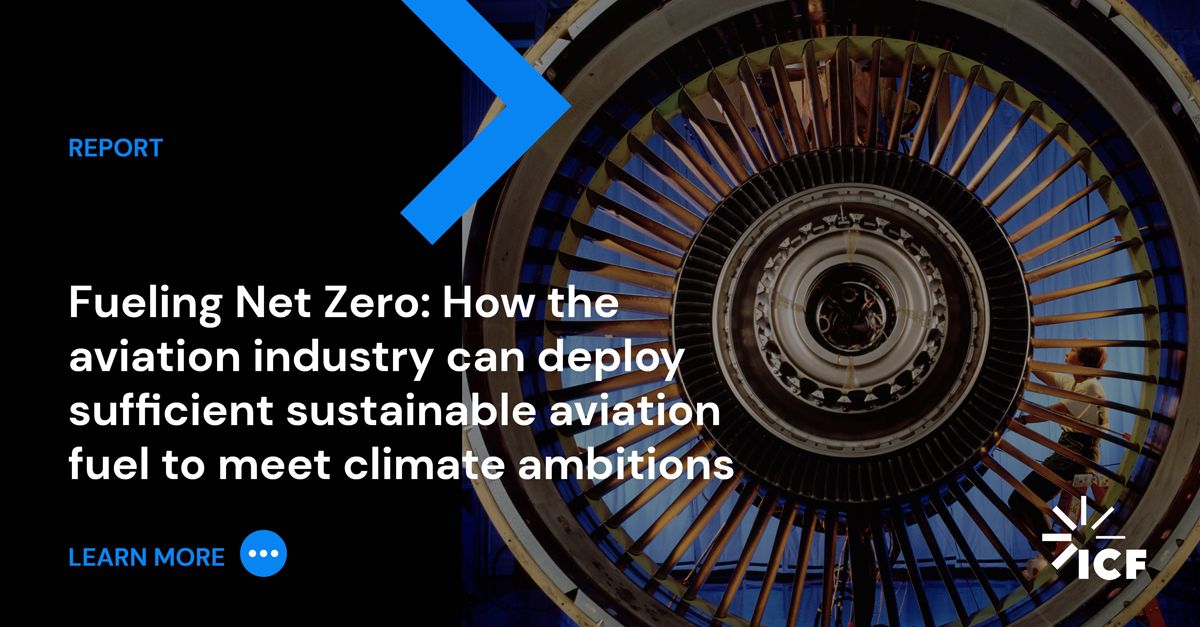
Increasing sustainable aviation fuel production with feedstocks
There is pressure on the aviation industry to reduce the carbon coming from a myriad of sources including investors, passengers, government, and society at large. Popular protests such as the Swedish flygskam (translated in English as “flight shame”) movement combined with the contrail-free skies of the COVID-19 pandemic have only added to the sense of urgency for change. In response, the industry set its own challenges, with the International Air Transport Association (IATA) announcing a commitment to reduce emissions by 2050. This position echoed across the industry, with similar commitments from airlines, airports, and suppliers. To date, approximately 61% of the world’s countries have either committed to or are in the process of committing to aggressive targets—representing roughly 94% of total Available Seat Kilometers (ASK).
The crucial role of sustainable aviation fuel (SAF)
The aviation industry takes a portfolio approach to meet its commitments. There are mechanical solutions such as new aircraft and engines, in addition to technological solutions like the use of big data to optimize flight paths. While there are many different methods for decreasing emissions sustainable aviation fuel (SAF) is an essential element of every approach.
Today, SAF is already used by some parts of the aviation industry with impressive results—in some cases reducing lifecycle emissions of carbon dioxide by over 80%. However, the industry requires significantly more SAF use to meet its ambitions. SAF producers generate a fraction of what is needed on a global scale.
Pathways to SAF production
There are currently seven American Society for Testing and Materials (ASTM)-certified pathways to producing SAF. However, there are three—hydroprocessed esters and fatty acids (HEFA), Fischer-Tropsch (FT-SPK), and Alcohol-to-Jet (AtJ)—that will prove to be most important over the next decade.
In simple terms, the HEFA pathway uses feedstocks—the basic raw materials for production—such as oil-bearing plants, used cooking oil, and animal fat and first converts them into hydrocarbons or lipids before turning them into SAF. This is known as the HEFA conversion process. While HEFA is currently the most widely used pathway, we believe that FT-SPK and AtJ will scale up rapidly over the coming years.
FT-SPK uses feedstocks like agricultural and forestry residues, Municipal Solid Waste (MSW), and industrial waste gases to create syngas. Syngas is then converted using the FT-SPK pathway. AtJ can use the same feedstocks as FT-SPK to create ethanol or isobutanol, which is then converted using the AtJ pathway.
Time for aviation to claim the feedstocks it needs
Each pathway offers great opportunities for the aviation sector.
The HEFA pathway requires relatively low capital expenditure and is the most commercially viable today. However, feedstock availability for HEFA is limited because of the limited growth potential for raw materials such as cooking oil. Therefore, these feedstocks aren’t indefinitely scalable. Still, the aviation industry has many opportunities to claim more of them for SAF than it has so far.
While the capital expenditure is higher, there is greater availability of feedstocks for the FT-SPK and AtJ pathways. MSW is just one example of a feedstock that offers almost limitless potential for the FT-SPK and AtJ pathways. At least a third of the world’s municipal waste is mismanaged and disposed of either by open dumping or burning. According to the World Bank, waste generation will increase to 3.40 billion metric tons by 2050. As countries struggle to manage their municipal waste, there is a powerful opportunity to turn non-recyclable parts of their MSW into SAF rather than burn them.
The opportunities for SAF to help reduce the carbon coming from the aviation industry are numerous, but it’s a complex path that requires distinct technologies, feedstocks, and investments. In our report for ATAG Waypoint 2050, we present potential pathways to a more sustainable aviation industry. Read more about how to create the quantity of sustainable fuels that the aviation industry needs to achieve its ambitions.
